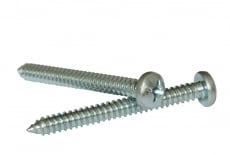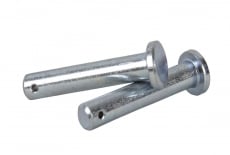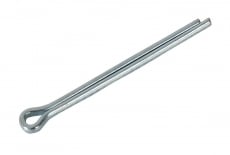Fasteners such as screws, bolts, studs and rivets are used in various industries and construction. They play an important role in maintaining the integrity of buildings and mechanical structures, so it is important to ensure their strength. One of the key aspects that affects the quality and durability of fasteners is their protective coating.
The protective coating has several functions:
- First of all, it serves to prevent corrosion and oxidation of metal fasteners. The protective coating creates a barrier between the metal and aggressive environments, such as moisture, chemicals or salts, and ensures the durability of the fasteners.
- The second important function of the protective coating is to reduce friction between fasteners, improve their strength and increase resistance to wear.
Types of additional protective coating
Non-metallic coatings:
- Rubbing with oil is a short-term method of protection against corrosion, suitable, for example, during transportation.
- Polishing and tinning (immersion in acid or alkaline solutions) - suitable for cleaning weapons, calibers and measuring equipment
- Phosphating - cold forming of steel, combination with corrosion protection agents, wear reduction during manganese phosphating, primer for a varnish layer.
- Dyeing.
|
Металеве покриття:
|
Other types of coverage:
- Verbalization- special hard nickel plating
- Brass coating - mainly used for decorative purposes
- Copper is an intermediate layer between nickel plating and chrome plating
- Silver coating - decorative purposes
- Tinning - improving the soldering ability
- Anodizing is a protective layer against corrosion. For decorative purposes (almost all color schemes are available)
- Ruspert (dacromet) - zinc-aluminum coating
- Bluing - decorative purposes
- Impregnation with lubricants and paraffins.
Zinc plating and zinc application technologies
Galvanizing is one of the most common methods of protective coating of fasteners, which is used to prevent corrosion of metal, in particular iron or steel. This process consists in covering the surface of metal products with a thin layer of zinc, which provides an effective barrier against oxidation and other types of corrosion.
There are various galvanizing technologies, in particular:
|
Regardless of the specific galvanizing technology, it is important to follow the appropriate standards and procedures to ensure a quality coating and maximum corrosion resistance. The zinc coating can be additionally protected with a layer of paint or varnish to improve its durability and aesthetic appearance.
Other methods of applying an additional coating
- Phosphating. It is used for steel products. A phosphate film with low protective properties but improved adhesive properties is formed on the surface of hardware. Processing with phosphate makes it possible to make a high-strength fastening product even less vulnerable to negative factors.
- Oxidation. Allows you to get high-quality stainless or aluminum fasteners with a long service life. An oxide film forms on the surface of the fastening product.
- Nickel plating Products with a nickel coating have an attractive appearance and can be used in structures that require a good decorative appearance (for example, in the furniture industry).
- Cadmization This method is rarely used because cadmium and its compounds are quite toxic. But the advantages of such a coating in sea conditions or in conditions of strong steam condensation are undeniable, so it is still used in shipbuilding today.
- Painting with varnish and paint. Almost all fasteners can be painted. Most often, hardware for roofing and construction is protected in this way.


 Bolts (10)
Bolts (10) Nuts (2)
Nuts (2) Washers, rings (2)
Washers, rings (2) Fastening for solar panels (2)
Fastening for solar panels (2) Threaded Pins (1)
Threaded Pins (1) Self-tapping screws (1)
Self-tapping screws (1) Pins (1)
Pins (1) Cotter pins (1)
Cotter pins (1)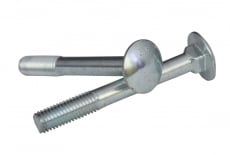



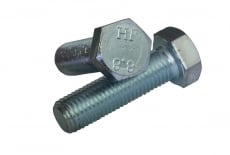
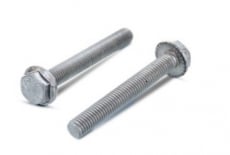

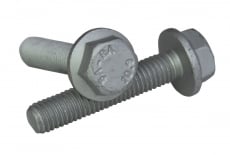

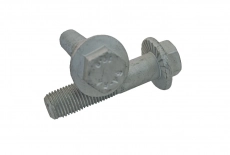
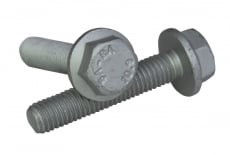
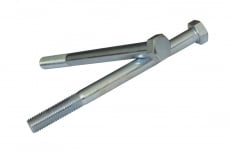
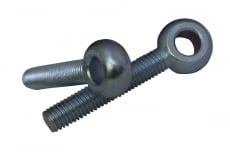

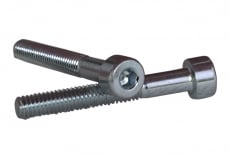
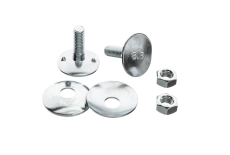
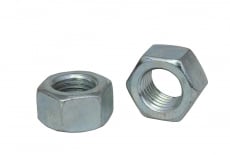

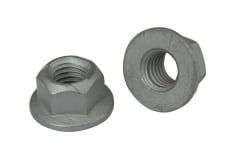

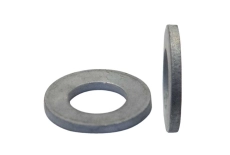

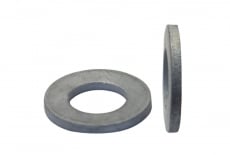

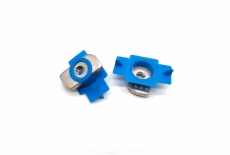
-art-9082-epdm-(santekhshpylka)-8099.jpg)
-5648.jpg)
